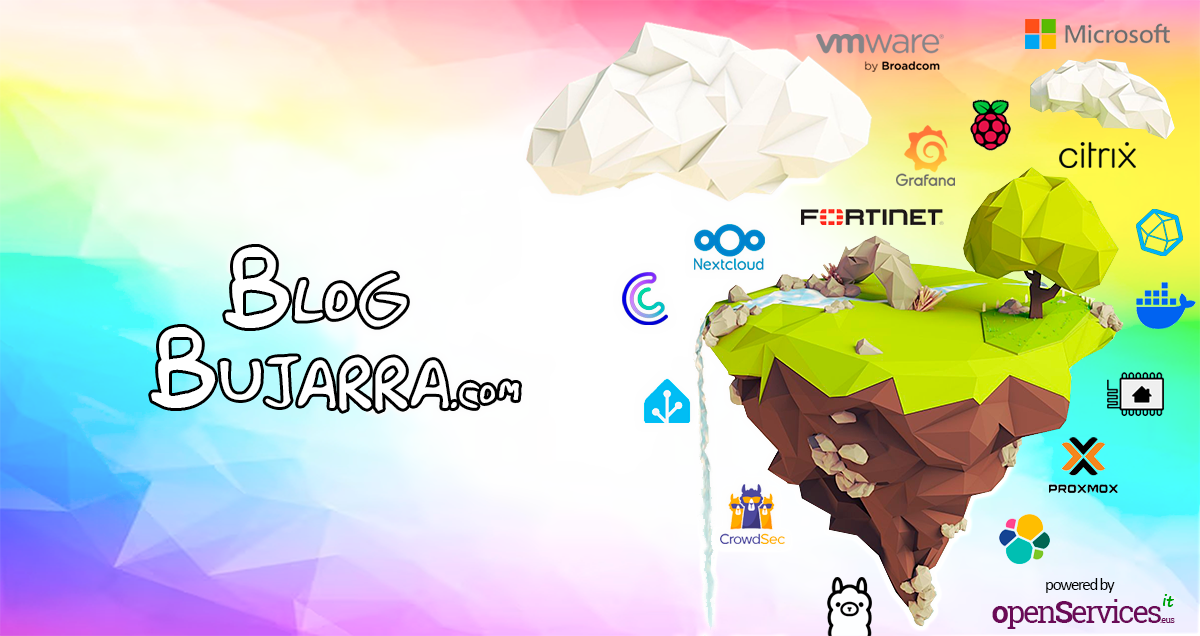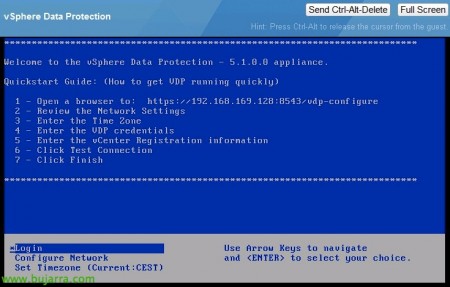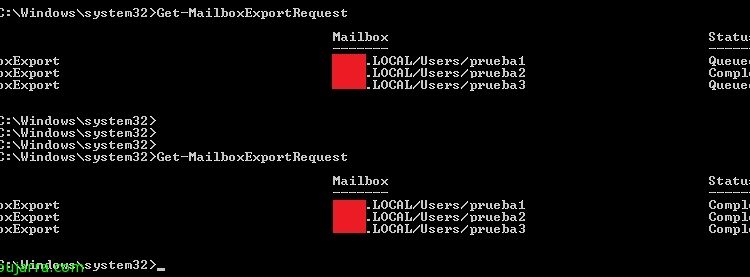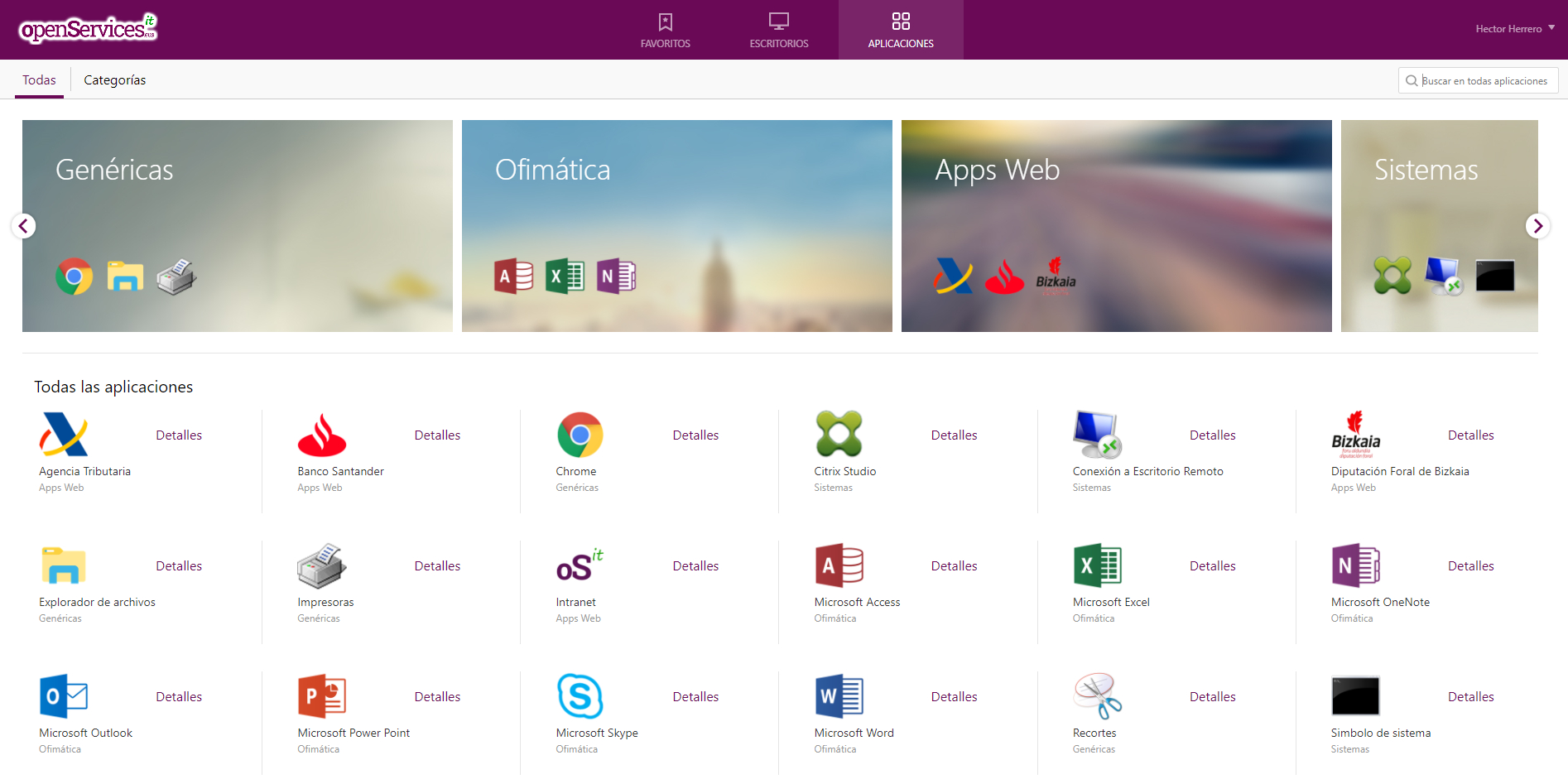Installing Vembu BDR
I wanted to bring you a backup solution that may not be so well known but that surely meets the needs of the vast majority, we will see in this post how to install and deploy Vembu BDR, What is a Backup product & Disaster Recovery that will allow us to make backups and replicas of our virtual or physical platforms!












































